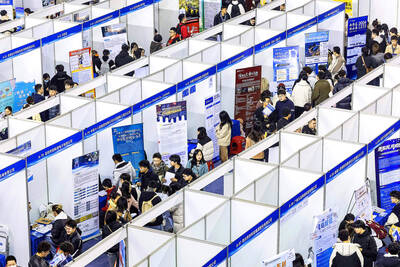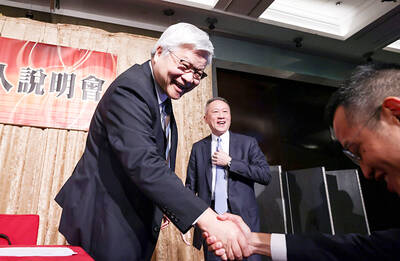The COVID-19 pandemic is expected to lead to the slowest growth in more than 50 years in East Asia and the Pacific, as well as China, while up to 38 million people are set to be pushed back into poverty, the World Bank said in an economic update on Monday.
The region this year is projected to grow by only 0.9 percent, the lowest rate since 1967, the bank said.
Growth in China is expected to come in at 2 percent this year, boosted by government spending, strong exports and a low rate of new COVID-19 infections since March, but held back by slow domestic consumption, it said.
The rest of the East Asia and Pacific region is projected to see a 3.5 percent contraction, the bank said.
The pandemic and efforts to contain its spread led to a “significant curtailment” of economic activity, the report said, adding: “These domestic difficulties were compounded by the pandemic-induced global recession, which hit EAP [East Asia and Pacific] economies that rely on trade and tourism hard.”
Countries in the region might need to pursue fiscal reform to mobilize revenue in response to the economic and financial impact from the pandemic, while social protection programs can help support workers’ integration back into the economy, the Washington-based bank said.
“Countries with well-functioning social protection programs, and good implementation infrastructure, pre-COVID, have been able to scale up more quickly during the pandemic,” it said.
The economic shock of the pandemic is also expected to lead to a jump in poverty, defined as income of US$5.50 a day, the bank said, adding that based on past experience and the latest gross domestic product forecasts, poverty could expand by 33 million to 38 million people to see its first rise in 20 years.
The bank said that 33 million people who would have in the absence of the pandemic escaped poverty would remain in it this year.
“The region is confronted with an unprecedented set of challenges, but there are smart policy options available that can soften these tradeoffs, such as investing in testing and tracing capacity and durably expanding social protection to cover the poor and the informal sector,” said Victoria Kwakwa, vice president for East Asia and the Pacific at the World Bank.

Stephen Garrett, a 27-year-old graduate student, always thought he would study in China, but first the country’s restrictive COVID-19 policies made it nearly impossible and now he has other concerns. The cost is one deterrent, but Garrett is more worried about restrictions on academic freedom and the personal risk of being stranded in China. He is not alone. Only about 700 American students are studying at Chinese universities, down from a peak of nearly 25,000 a decade ago, while there are nearly 300,000 Chinese students at US schools. Some young Americans are discouraged from investing their time in China by what they see

MAJOR DROP: CEO Tim Cook, who is visiting Hanoi, pledged the firm was committed to Vietnam after its smartphone shipments declined 9.6% annually in the first quarter Apple Inc yesterday said it would increase spending on suppliers in Vietnam, a key production hub, as CEO Tim Cook arrived in the country for a two-day visit. The iPhone maker announced the news in a statement on its Web site, but gave no details of how much it would spend or where the money would go. Cook is expected to meet programmers, content creators and students during his visit, online newspaper VnExpress reported. The visit comes as US President Joe Biden’s administration seeks to ramp up Vietnam’s role in the global tech supply chain to reduce the US’ dependence on China. Images on

New apartments in Taiwan’s major cities are getting smaller, while old apartments are increasingly occupied by older people, many of whom live alone, government data showed. The phenomenon has to do with sharpening unaffordable property prices and an aging population, property brokers said. Apartments with one bedroom that are two years old or older have gained a noticeable presence in the nation’s six special municipalities as well as Hsinchu county and city in the past five years, Evertrust Rehouse Co (永慶房產集團) found, citing data from the government’s real-price transaction platform. In Taipei, apartments with one bedroom accounted for 19 percent of deals last

US CONSCULTANT: The US Department of Commerce’s Ursula Burns is a rarely seen US government consultant to be put forward to sit on the board, nominated as an independent director Taiwan Semiconductor Manufacturing Co (TSMC, 台積電), the world’s largest contract chipmaker, yesterday nominated 10 candidates for its new board of directors, including Ursula Burns from the US Department of Commerce. It is rare that TSMC has nominated a US government consultant to sit on its board. Burns was nominated as one of seven independent directors. She is vice chair of the department’s Advisory Council on Supply Chain Competitiveness. Burns is to stand for election at TSMC’s annual shareholders’ meeting on June 4 along with the rest of the candidates. TSMC chairman Mark Liu (劉德音) was not on the list after in December last